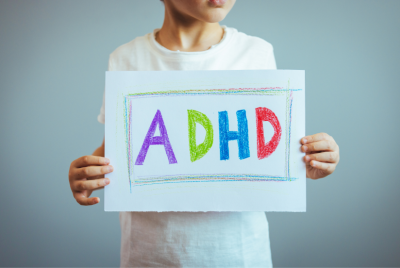Celiac Disease Iron Deficiency: A Comprehensive Guide
Are you grappling with persistent fatigue, shortness of breath, and a lack of energy? This condition could be the culprit behind these symptoms. In this detailed guide, we’ll delve into the intricate relationship between these condition. From understanding the condition individually to exploring the ties that bind them, we’ll equip you with the knowledge needed to navigate these health concerns.
Celiac Disease Iron Deficiency: A Fundamental Overview
Let’s start at the beginning to grasp the essentials of both of this kind of condition.
Celiac Disease: What Is It and How Does It Affect the Body?
Celiac disease, an autoimmune disorder triggered by gluten ingestion, damages the small intestine’s lining. Gluten, a protein found in wheat, barley, and rye, provokes an immune response, leading to inflammation and intestinal damage.
Individuals with celiac disease experience symptoms like abdominal pain, bloating, diarrhea, and nutrient malabsorption. One of the nutrients often inadequately absorbed is iron, which can result in iron deficiency—anemia.
Iron Deficiency: The Basics
Iron is a vital mineral crucial for the production of hemoglobin, the protein in red blood cells responsible for oxygen transport throughout the body. When iron levels are low, the body can’t produce enough healthy red blood cells, causing iron-deficiency anemia.
Common signs of iron deficiency include fatigue, weakness, pale skin, dizziness, and cold hands or feet.
The Connection Between Celiac Disease and Iron Deficiency
Understanding how the deficiency intertwine is key to managing this condition effectively.
Impact of Celiac Disease on Iron Absorption
Celiac disease impairs the small intestine’s ability to absorb various nutrients, including iron. The damaged lining reduces the surface area available for nutrient absorption, leading to deficiencies such as iron-deficiency anemia.
Chronic Inflammation and Iron Levels
The chronic inflammation resulting from celiac disease disrupts the body’s iron metabolism. Inflammation can interfere with the absorption of iron and its transportation within the body, exacerbating iron deficiency.
Restricted Diet and Iron Intake
Individuals with celiac disease often adopt a gluten-free diet, which may lack iron-fortified foods or a variety of grains that provide essential iron. This dietary limitation can contribute to decreased iron intake, further aggravating iron deficiency.
Detecting The Deficiency
Early detection is crucial for effective management of this condition.
Symptoms to Watch for
If you experience persistent fatigue, weakness, headaches, or paleness, consider consulting a healthcare professional. These symptoms could indicate iron-deficiency anemia stemming from celiac disease.
Diagnostic Tests
Accurate diagnosis involves blood tests to assess iron levels and confirm celiac disease through specific antibodies. Endoscopic procedures, such as a biopsy, may be performed to evaluate intestinal damage.
Managing This Deficiency
Dietary and Lifestyle Adjustments: Your Way to Wellness
Effective management encompasses dietary modifications and lifestyle adjustments to address both condition simultaneously.
Gluten-Free Diet: The Foundation
Adopting a strictly gluten-free diet is paramount for individuals with celiac disease. Eliminating gluten-containing foods allows the intestine to heal and enhances nutrient absorption, including iron.
Iron-Rich Foods: Boosting Your Intake
Incorporate iron-rich foods like red meat, poultry, fish, lentils, and leafy greens into your diet. Consider iron supplementation under medical guidance to meet your body’s iron needs.
Regular Monitoring: Stay Informed
Regular medical check-ups and iron-level assessments are vital to track your progress and adjust your management plan accordingly.
FAQs About Celiac Disease and Iron Deficiency
1. Can celiac disease cause iron deficiency?
Yes, celiac disease can lead to iron deficiency due to impaired iron absorption caused by intestinal damage.
2. What are the symptoms of iron-deficiency anemia in celiac disease?
Symptoms include fatigue, weakness, pale skin, shortness of breath, headaches, and dizziness.
3. How is iron deficiency diagnosed in celiac disease?
Blood tests measuring iron levels and specific antibodies related to celiac disease help in diagnosis, along with endoscopic procedures if needed.
4. Can iron deficiency be managed through diet alone?
While a diet rich in iron is essential, severe cases might require iron supplementation for effective management.
5. Is iron deficiency reversible in celiac disease?
With proper treatment and adherence to a gluten-free diet, iron levels can improve, alleviating iron-deficiency anemia.
6. Can children develop iron deficiency due to celiac disease?
Yes, celiac disease can affect children, leading to iron deficiency and its associated symptoms.
In Conclusion
Understanding the intricate relationship between the deficiency is the first step towards effective management. If you suspect you might be dealing with the condition, seeking medical advice for timely diagnosis and tailored treatment is crucial. With a gluten-free diet, iron-rich foods, and consistent medical monitoring, you can take charge of your health and combat the challenges posed by this kind of condition.




